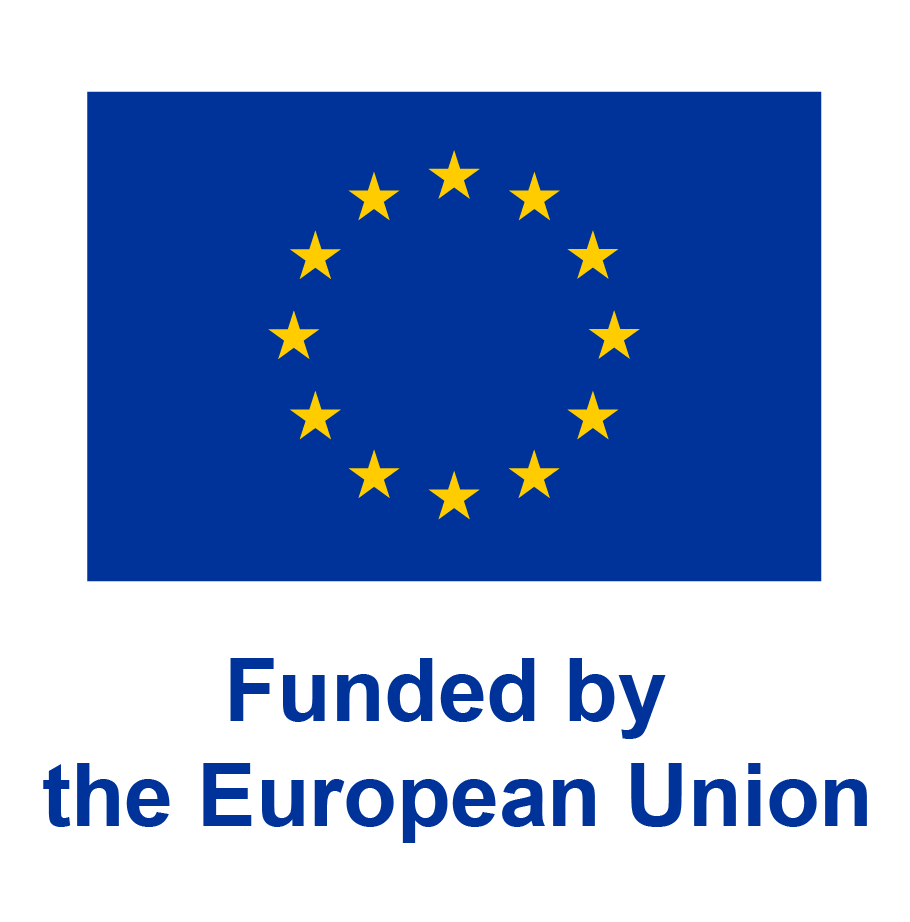

-
Natural sciences
- Classical and physical optics
- Metamaterials
-
Engineering and technology
- Nanophotonics
- Biosensors
Chirality plays a pivotal role in chemistry and medicine because most biological molecules have either right- or left-handed conformations. Circular dichroism can distinguish the chirality of matter thanks to a small difference in absorption of light with opposite circular polarizations. However, it is severely limited by low sensitivity and low spatial resolution due to weak chiral light-matter interaction. As a result, using light, we cannot resolve the chirality of individual nanoscale objects for critical applications such as detecting protein aggregates responsible for a variety of diseases. CHANSON pushes the limits of optically resolvable chirality through new concepts in semiconductor nanophotonics. We tailor semiconductor nanostructures to specifically boost chiral fluorescence thanks to the interplay of photons, charges, and spins. Using novel contrast mechanisms, we increase both fluorescence intensity and polarization to remove the barriers that hinder circular dichroism. The project combines two routes for ultrasensitive and super-resolved molecular detection: 1) Nanophotonic sensors based on semiconductor nanoantennas; 2) Excitonic sensors based on atomically thin semiconductors. The ambitious target is to map with nanoscale spatial resolution the lowest possible molecular concentrations down to a single chiral molecule. To tackle this major scientific challenge, I propose the concept of a metasurface canvas consisting of arrays of semiconductor nanostructures. By providing a platform for fluorescence-based sensing of both light-emitting and non-emitting analytes, the results could revolutionize the screening of pharmaceuticals for neurodegenerative diseases, amongst others.